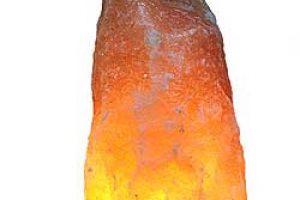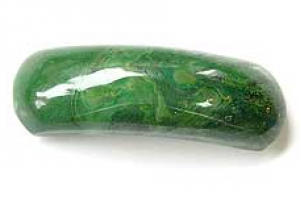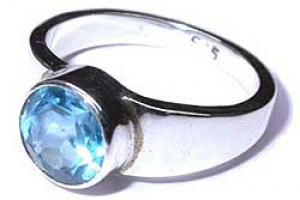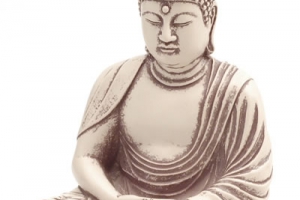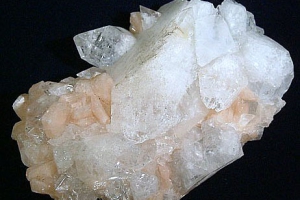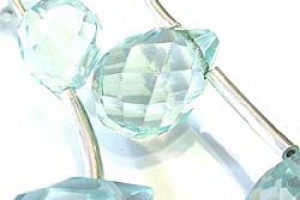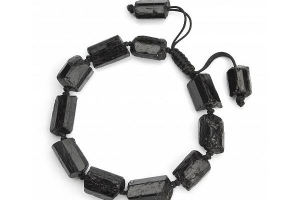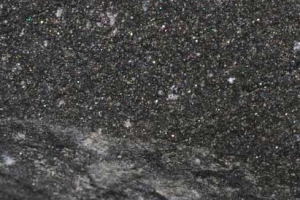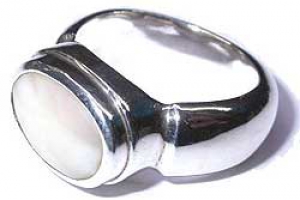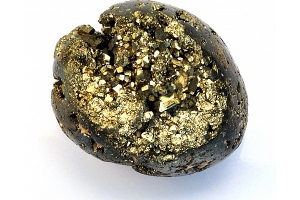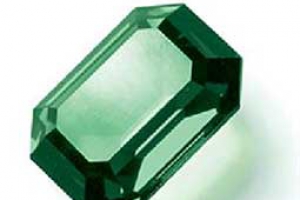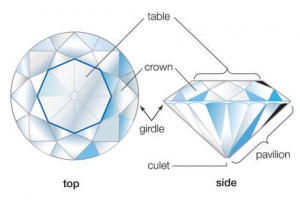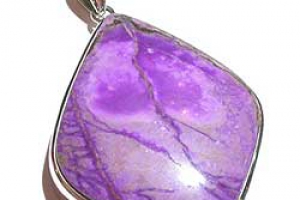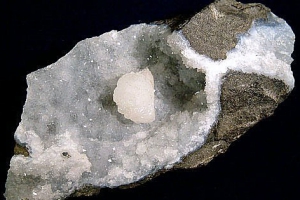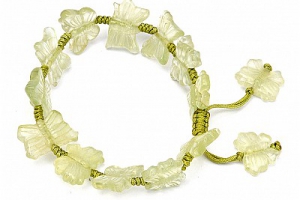Garnet
Like fiery comets in the evening sky there appeared some ten years ago the first Mandarin Garnets in the gemstone trade. Experts and enthusiasts both agreed: the wonderful colours and excellent brilliance of the orange-red treasures are unique indeed. What kind of gemstones are they and where do they come from?
Just close your eyes and dream a little bit: Africa ¡K orange-red is the evening sky in the Northwest of Namibia, over quiet mountains and a lonely river. The next settlement is about nine hours away by car. The temperatures are extreme here: in summer, 40 to 50 degrees centigrade are the rule, while in winter temperatures drop to almost freezing point. Here, far away from any kind of civilisation the Kunene River has for centuries followed its route to along the border between Namibia and Angola through the mountains. This remote and isolated place, one of the last placed untouched by the modern world, is the place where in 1991 the first Mandarin Garnets were found. Embedded in mica and mica slate, at the very same location where they came into existence millions of years ago, there were discovered small crystals of exceptional colour and transparency which gained the experts' attention. Gemmological tests proved that the first theories and speculations had been right: the orange-coloured stones were in fact variations of the rare Spessartine stones, members of the large and colourful Garnet-family. So far Spessartine had been found only in Sri Lanka, Upper Birma, Madagascar, Brazil and Australia as well as in Kenya and Tanzania, but they were rare stones for enthusiasts and collectors and had hardly been used for jewellery. The reason for this moderate situation was simple: they were offered only rarely in really good colour and quality in the gemstone mines. However, the spectacular crystals from Namibia were of an exceptionally fine, intensively bright orange. Some even sparkled in a deep red-orange of the last rays of the light, when the sun has already set beyond the horizon. They were more beautiful and brilliant than anything available before. Almost no inclusions disturb the brilliant appearance of the "imperial garnets¡¨.
Very quickly the rough stones came on the market visa only few gemstone cutters. Mostly the stones were faceted, as the facets best bring out their unique colour and brilliance. Unfortunately the mine on the Kunene River was soon exploited. In the beginning the stones were found there direct at the surface of the mines, but the excavations had to be taken deeper and deeper as time passed on. The results got less and less, while the costs kept increasing. So finally the mine gave up production. Further prospecting in the remote bush region of Namibia would have been far too expensive and too complicated. Traders and gemstone lovers both regretted very much that this gemstone which had managed so quickly to attract an enthusiastic group of fans was only available sparsely from stocks of only few cutters.
A real shooting star
The beautiful gemstone had in a short period of time managed to develop into a real shooting star in the international jewellery sector. There had been some minor disagreements about its name first among gemmologists and gemstone traders. Some called the brilliant orange to orange-red beauties first "Kunene Spessartine¡¨ according to their occurrence, other talked about "Hollandine¡¨. But quite soon the evocative denomination "Mandarin Garnet¡¨ spread throughout the international market. And thus the stone made its successful appearance all around the world. And this very fitting name has remained in use till today ¡V though, fortunately, the occurrence at the Kunene River has not remained the only one. About in April 1994 there appeared again orange-coloured stones on the market, this time from Nigeria. They resembled remarkably to those Mandarin Garnets from Namibia, although experienced experts would be able to note fine differences. Their occurrence is situated in the utmost Southwest of Nigeria, not far away from the neighbouring state of Benin. The mine is located in a former riverbed in the bush land. During the rain season pumps have to be employed in order to draw the water out of the mines. Garnet specialist Thomas Lind from Idar-Oberstein was enthusiastic about the attractively of the new stones: "From Nigeria some beautiful, bright orange Mandarin Garnets have been brought onto the market. Among them there are repeatedly stones which achieve sizes over one carat. We are delighted that they supplement the meanwhile stable offer on the market of this formerly so are stone.¡¨ Now Mandarin Garnet is available once again in reliable amounts, even though top quality stones remain rare.








